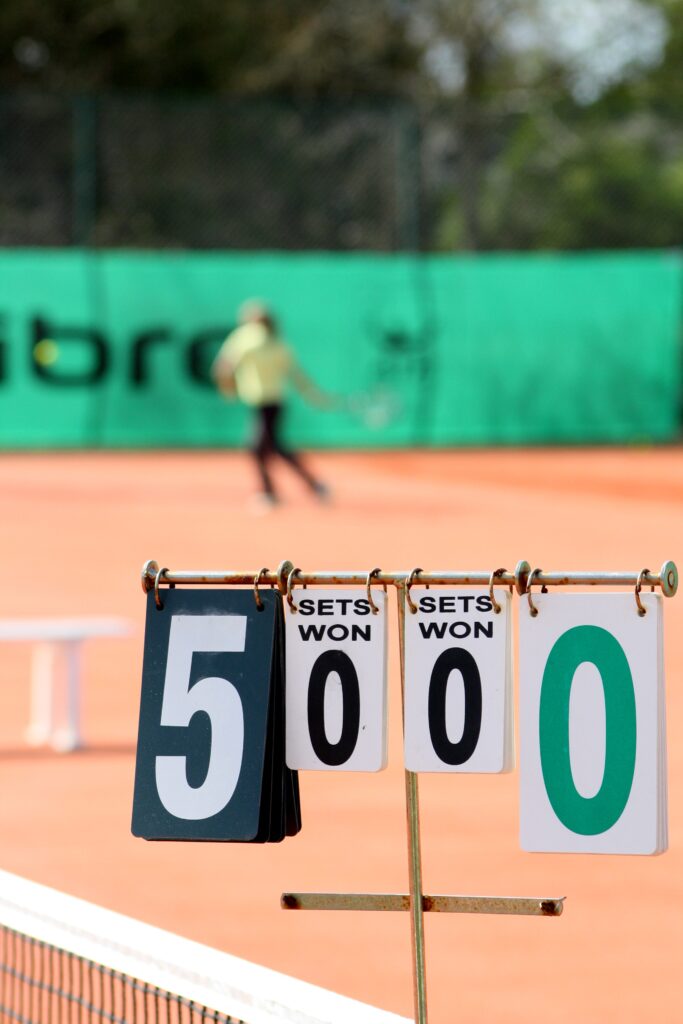1. Consistency
Consistency is a word used a lot in tennis. It is also a word used widely in all sports, business and life.
In tennis if you are consistent with your shot preparation, nutrition, fitness, mental performance practices and recovery you are more likely to perform well and win. The more elements of performance you do consistently the better your performance will be.
Winning a tennis match requires you to put the ball over the net and in the court one more time than your opponent consistently. Although this is a very simple way to look at winning a tennis match, it is important to understand this is the only way you can win a point.
How can you be more consistent? Practice.
2. Create and control space
How could you create and control space on the tennis court?
– Serve big, serving big could result in a weak return allowing you to attack and hit into space more easily on your first shot. To clarify, serving big does not just mean serving with speed, but serving with accuracy and spin.
– Hit angles, pushing your opponent wide and opening up the other side of the court.
– Hit deep, forcing your opponent back. This puts your opponent under pressure and could result in them giving you a shorter ball, allowing you to hit to space more easily on your next shot.
– Hit into space, hitting into space and making your opponent move allows you to control the point.
3. Control time
You can control time on the tennis court in a few different ways:
– Hit hard, this will take time away from your opponent.
For example, accelerating your racket head on a ball that you are in a comfortable position to hit and that you are able to step forwards to.
– Come to the net, this will take time away from your opponent.
For example, taking advantage of any mid-court ball your opponent hits by playing your shot, moving to the net and looking for a volley or smash on your next shot.
– Hit high, this will allow you to gain time.
For example, when you are pushed wide on the court and you are under pressure, you could gain time to recover by adding height to your shot.
4. Play to your strengths
What would you consider your strengths to be in your game? Do you use these effectively and often when you are playing a match?
For example:
– Is your forehand your biggest weapon? If so do you set the point up in order for you to be able to play more forehands in the point?
– Is volleying a strength of yours? If so, how often do you get to the net?
5. Play to your opponents weakness
If you can identify your opponents areas of weakness you can use this to your advantage to win your match. This requires you to be observant in your match warm up, giving your opponent lots of different types of balls to see what they like and struggle with. This also requires you to be analytical as your match goes on and having the ability to adapt.
– Have you noticed your opponent often misses on their backhand? If so are you hitting as often as you can to your opponents backhand?
– Have you noticed your opponent struggles with high rising balls? If so are you playing balls deep in the court with more height and spin?
– Have you noticed your opponent does not like serves hit to the body? If so are you hitting more body serves?
– Have you noticed your opponent doesn’t move well and struggles to change direction quickly? If so are you making your opponent move as much as possible?
I hope this post was of value to you. I’d love to hear your thoughts, please do send me a message on Instagram (simonjamescoaching).
Thank you for reading.
Simon James



